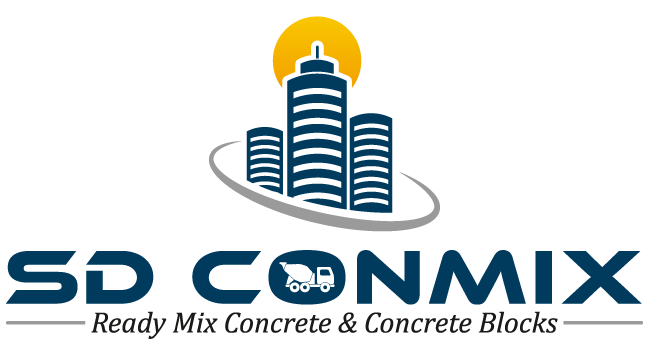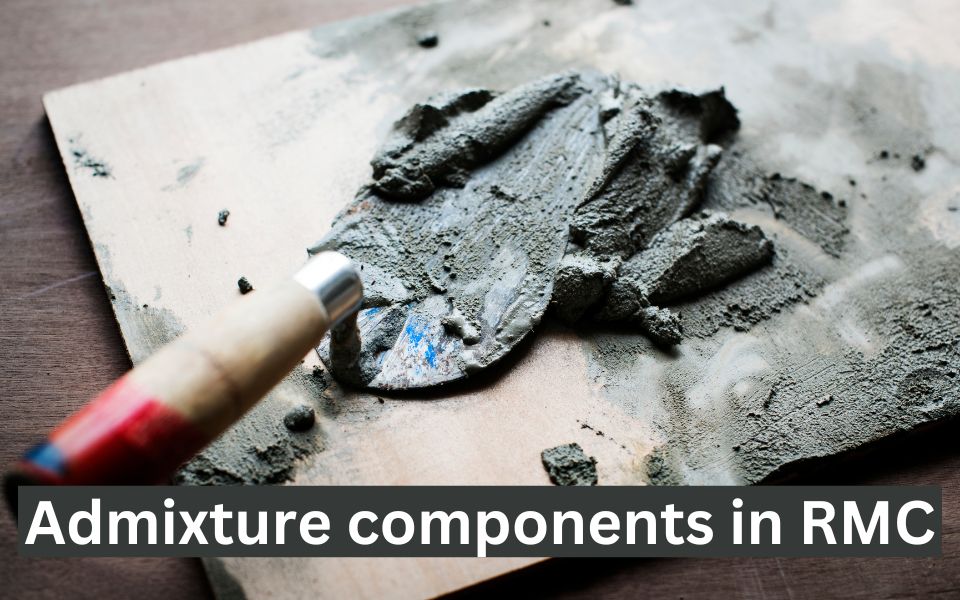The most often utilised building material worldwide is concrete. It has been employed in building for countless years. Cement, aggregates, and water are used to create concrete. But in the present day, concrete is defined differently. Concrete is now regarded as a high-performance material that is suited for a wide range of use-case situations and is not just a cementitious substance. In comparison to other building materials, concrete is presently used in construction twice as much. A focus on quality, performance and sustainability is, therefore, necessary for the construction industry to develop and prosper.
To improve the qualities of concrete, a special substance called an admixture is added to the mixture either right away or while it is being mixed. The aggregates, water, and cement that are typically used to prepare concrete are different from these ingredients. There are various admixtures that can be used. These each has the ability to change concrete’s behaviour to endure various weather conditions. Admixtures can improve workability, ensure the quality of concrete while mixing, shipping, placing, and curing, reduce construction costs, and resolve several problems that may arise during concrete operations.
The right batching and concreting techniques are essential for successful admixture integration. The majority of admixtures are readily available in liquid form that may be added to the concrete at the batching plant or the construction site. The kind and quantity of cement, the number of aggregates, the water, the mixing time, the slump, and the temperature of the environment and the concrete all affect an admixture’s efficiency.
To achieve specific qualities, admixtures are added to the concrete mixture. These admixtures’ primary purpose is:
- To lengthen or shorten the time it takes for new concrete to set
- To improve the concrete mix’s flow ability or workability
- To increase the strength and resilience of concrete
- To make concrete less permeable
- To lessen the heat of hydration, segregation, and bleeding of concrete during placement
- to acquire additional good qualities
Chemical admixtures are one of the most crucial components in today’s high-performance, long-lasting, and durable concrete. According to the needs of the building, these chemical admixtures can improve or change the properties of concrete. As a result, concrete is more workable and its qualities are simpler for workers to control. Making durable, high-performance concrete requires selecting the appropriate additive for your ready-mix concrete recipe.
Types of concrete admixtures used in construction
- Accelerating Admixtures
- Retarding Admixtures
- Water Reducing Admixture
- Air Entraining Concrete Admixture
- Pozzolanic Admixtures
- Insecticidal Admixtures
- Gas Forming Admixtures
- Anti-washout Admixtures
- Damp Proofing Admixtures
- Corrosion Preventing Admixtures
- Grouting Admixtures
- Colouring Admixtures
- Bonding Admixtures
The ready-mix concrete industry has seen an increase in the popularity of additives. Its use can significantly improve the performance and quality of concrete. Knowing which type of combination to utilise in a given situation is vital, though. Because some admixtures can raise or decrease the effect of other admixtures. Concrete must be extremely durable and robust to meet the demands of a modern building. Sometimes traditional concrete is unable to supply what is needed to carry out intricate schemes. In the future years, it is anticipated that the market for concrete additives will expand favourably. It is best to talk about admixtures in advance with the best construction materials suppliers – SD Conmix!

